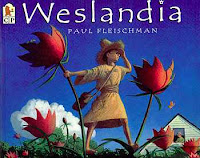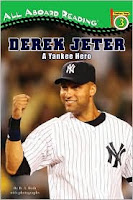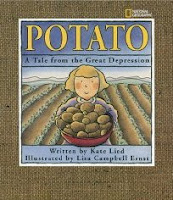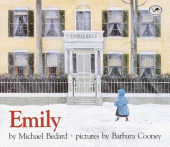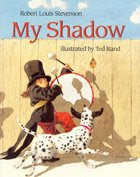
Author: Carol Fitzgerald, Founder/President
Publisher: The Book Report, Inc. , NY
Genre: Website
Pages: Too many to count!
How Found: Internet search for childrens books.
Lexile: A wide varitey of levels are included.
Awards: None listed.
Summary: This website is devoted to books for kids. It includes book lists, reviews, ideas for book clubs, what's new, information on authors, a newsletter, teacher ideas and surveys. There are also a numerous links to publishers, authors and fun stuff like word scrambles and quizzes.
Relationship to Theme: Kids can write in to kidsread.com or to their favorite authors. They can find out what other kids are reading and check out their reviews.
Personal Connection: I have used similar websites for teens before and found them to be very useful in class. I liked all the colorful choices on this site and that booklists and reading ideas were easy to locate. I really liked reading the reviews written by kids, as well as the reader mailbag letters and poems. The quizzes were fun too. (I took the Hogwarts sorting hat quiz, and found I would be a Ravenclaw!)
Possible Readers: It looks like all school-age children could use this site, although I think it mainly covers grades 3-7.
Instructional Ideas: I think it would be great to have kids log on to this site when choosing new books to read or to write a review on one they have finished. The word scrambles and quizzes could be used as reward or sponge activities.
*****************************************
Title: www.storynory.com
Author: Matthew Lynn and Hugh Fraser, founders
Publisher: Blog Relations, Ltd.
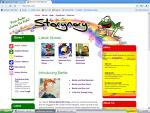
Genre: Website
Pages: Many!
How Found: Internet search for free audio books.
Lexile: Varied.
Awards: None listed.
Summary: This site contains many free stories, old and new, that can also be listened to while following along by clicking the MP3 button at the top of each. Categories include original stories, fairytales, classics, educational and junior stories (some titles overlap categories). Many of the stories are a "storynory" version of the original.
Relationship to Theme: Many of the stories deal with relationship themes, such as "The Selfish Giant","The Wicked Uncle by the Sea", etc.
Personal Connection: I liked that the site was easy to navigate, and that listening to the stories was a one-click process (no downloading the file first, it just plays instantly on the computer). The woman who reads the stories, Natasha, has a clear and pleasant voice.
Possible Readers: I think all ages could benefit from this site (as long as an adult assists younger children with finding and clicking).
Instructional Ideas: Audio is great for struggling readers to follow along with the text . This would also come in handy when I lose my voice after a long day of teaching!
